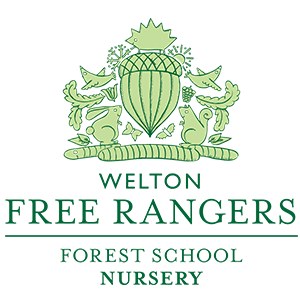Our second speaker, Professor Colwyn Trevathon, continued the idea of ‘touch points’ in his talk extending its definition to include the development of pride in young children, its meaning to parents and how it is shared in conversation between child and adult. To start: what is pride, how do we develop it as a creative feeling and how, as adults, did we develop in ourselves? The first thing to break down is the idea of pride being a purely adult, or ‘learned’ trait:
- At birth the human brain is one third the size of an adult brain, but has all the parts in place for a creative human life, including a unique human face, eyes, voice and hands for sharing emotions, intentions & states of consciousness. They wait for bright company.
Clearly we need to be passed the point of thinking that at birth and even beforehand, babies are blank slates, waiting to communication to be acted on them rather than with them. What is it that allows young children to be creative and have the awareness to interact with others from birth and before, in Prof. Trevathon’s words;
“There is something to life that is: Adventurous, Speculative, Hopeful, Imaginative”
Children are not born with memories to draw upon and enact, this means that they are born with the imagination to move, interact and predict the results of their movements and interactions...
Life is creative because it is imaginative
pretty hard hitting stuff: we were 5 minutes into the lecture.
Every movement we make is based on internal rhythms and sequence, those same rhythms we learned when we were still in the womb growing from part of our mother’s body into a foetus that lives in amphoteronomic ‘shared regulation’ and finally sharing expressions by moving syn-rhythmically, ‘in synch’ with our mother before joining the world and our families to share our learning with a wider audience. So even before we have been born, the building blocks have been put in place for us to be interactive, imaginative and creative beings. During our time in the womb we are also developing a sense of ourselves physically, research has shown how foetus’ will explore themselves using their hands being more gentle when we touch delicate areas e.g eyes. Research also shows that twins the womb will explore each other more gently than they explore themselves... if you had listened hard when I was told that, you would have heard the sound of my brain exploding.
This is where the lecture opened up into the world of shared experiences and conversations between parents and children that had been recorded and analysed in terms of the rhythm and pitch of the adult and child: children just a few weeks old were shown lecturing and conversing with adults, giving equal amounts of time between speech, filling in pauses offered by parents and moving rhythmically, it’s far too much to try and bring across in this post but head HERE to check out the slides and data from the talk.
- Moving in sympathy - Creating stories of life with people we love
This talk opened my eyes and mind further to the way that we process information and apply it communicatively in an incredibly effective way from a very young age. We all love to talk and love hearing the voices of our children, we always need to make sure that we are ready to listen as we can’t ever be quite sure when it’s going to appear.
I started writing up notes for the final talk by Prof. Vasudevi Reddy but Pen Green have been ever so helpful and put all of the videos up online! Click the link an have a look: Understanding Children's Development slides and videos
I would love to hear you thoughts, please get in touch!
A massive thanks to all of the speakers at the conference and the team at Pen Green for putting the event on.
Tim
